Video by Katharyn Hanson
Video of Katharyn Hanson's testimony before the House Foreign Affairs Committee Hearing on May 13... more Video of Katharyn Hanson's testimony before the House Foreign Affairs Committee Hearing on May 13, 2015. She spoke on the destruction of religious and cultural heritage sites in Syria and Iraq.
Books by Katharyn Hanson
Short Articles by Katharyn Hanson
As the battle to save Iraq from ISIS continues, Smithsonian experts are helping local people pres... more As the battle to save Iraq from ISIS continues, Smithsonian experts are helping local people preserve their history A bicyclist rides by the destroyed old mosque and tomb of Nabi Jerjis, also known as Saint
Reports & Short Articles by Katharyn Hanson
Book Chapters by Katharyn Hanson

Since the 1990s, archaeological site looting throughout Syria and Iraq has witnessed a significan... more Since the 1990s, archaeological site looting throughout Syria and Iraq has witnessed a significant increase, threatening the integrity of some of the most acclaimed and significant ancient Mesopotamian cities and resulting in an incalculable loss to scientific knowledge about this region’s history. In recent years, policy concerns about archaeological looting have also increased as research began to suggest this illicit activity may provide a certain amount of income to militant groups in Syria and Iraq and to organized crime more generally. At the same time, the clandestine and criminal qualities of extensive site looting as well as the security situation in Syria and Iraq have made conventional, field-based assessments difficult to achieve. However, there is some ability to conduct site-level assessments through other technological means. Following the Second Gulf War, archaeologists began to use high resolution satellite imagery in order to assess site damage and looting (e.g., Casana, 2015; Hanson, 2011; Hritz, 2008; Hritz, 2014; Stone, 2008; Stone, 2015). This use of satellite imagery became even more pronounced in Syria following the Arab Spring, as Google Earth and Bing imagery democratized access to a wider public audience (Hanson, in review). Publications and reports based upon careful imagery analysis are now available for Syria and Iraq, and there is a need to review the current state of the field. This chapter presents a summary review of the already documented scale and scope of looting at archaeological sites in Syria and Iraq. Drawing upon peer-reviewed journal articles and published reports, it provides a summary of the information that is known about the scale of loss at specific sites in Syria and Iraq as well as three in-depth case studies of the sites of Mari (Tell Hariri), Syria; Umma, Iraq; and Dura-Europos, Syria.
Talks by Katharyn Hanson
Recent Articles by Katharyn Hanson
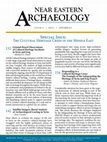
Near Eastern Archaeology, 2015
Considerable attention has been given to the ongoing destruction of cultural heritage as part of ... more Considerable attention has been given to the ongoing destruction of cultural heritage as part of the current crisis in Syria and Iraq. While many academic responses have started the important work of documenting the extent and scale of the damage to cultural sites in both countries, there have been fewer attempts to work within a humanitarian framework in order to support Syrians and Iraqis who are undertaking emergency efforts to protect heritage at risk. This article discusses the strategies employed by the Safeguarding the Heritage of Syria and Iraq (SHOSI) Project to assist in-country professionals and civil society activists in their attempts to protect key heritage sites. The approach combines the empowerment of Syrians and Iraqis in decision-making about their heritage while supporting them with the logistics and resources necessary to carry out emergency efforts. It demonstrates one case study of how on-the-ground protection can be achieved.
Papers by Katharyn Hanson
Cultural Heritage, Ethics, and the Military, May 19, 2011
Near Eastern Archaeology, 2015
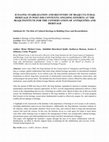
Active since 2009, the Iraqi Institute for the Conservation of Antiquities and Heritage in Erbil,... more Active since 2009, the Iraqi Institute for the Conservation of Antiquities and Heritage in Erbil, Iraq is a unique, global collaboration that trains Iraqi cultural heritage specialists in international-standard heritage conservation practice. In its earliest years, the Iraqi Institute partnered with American academic institutions to deliver long-form coursework in architectural conservation, collections conservation, and archaeological site preservation. The Institute has also hosted shorter courses offered by other nations and institutions, most notably the Italian Foreign Ministry and the World Monuments Fund. After the spread of ISIS into Iraq in 2014, the Iraqi Institute expanded its mission to include emergency preparedness and disaster response approaches. In 2015, several organizations partnered to deliver a short course in the safeguarding and recovery of heritage in conflict areas. Based on their role in that successful course, the Smithsonian Institution returned to the Ir...
A Companion to Ancient Near Eastern Art, ed. Ann C. Gunter, 2019





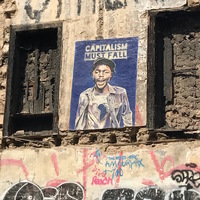
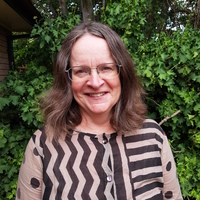
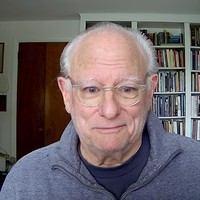
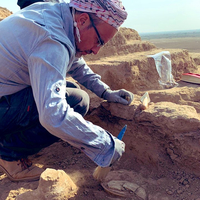
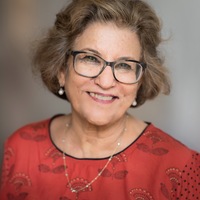

Uploads
Video by Katharyn Hanson
Books by Katharyn Hanson
Short Articles by Katharyn Hanson
Reports & Short Articles by Katharyn Hanson
Book Chapters by Katharyn Hanson
Talks by Katharyn Hanson
Recent Articles by Katharyn Hanson
Papers by Katharyn Hanson